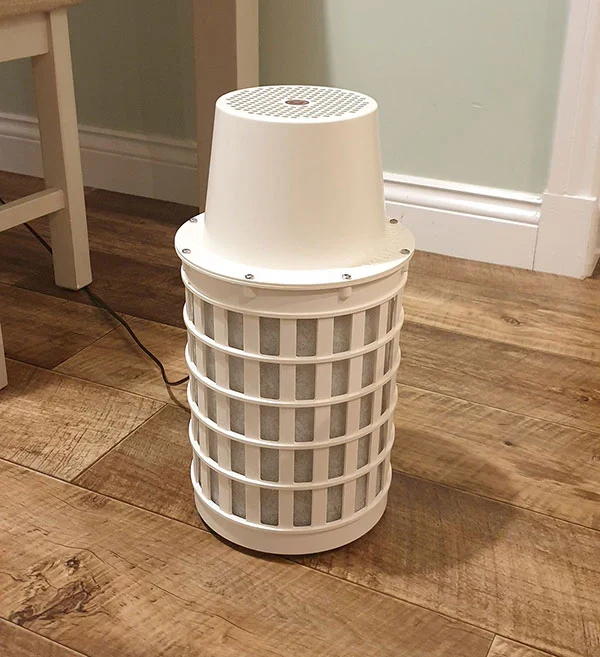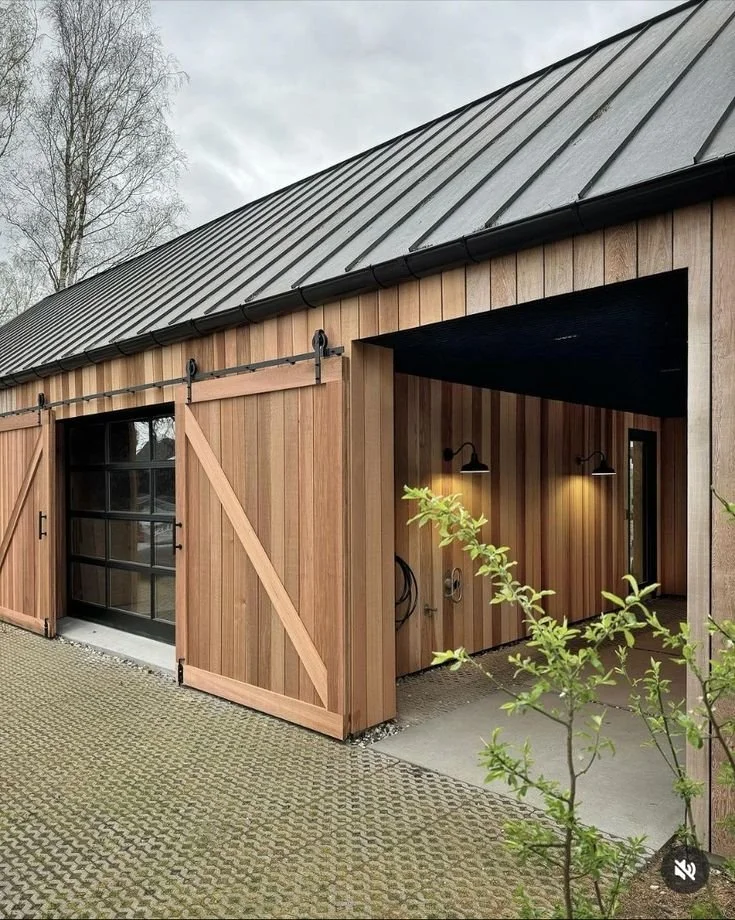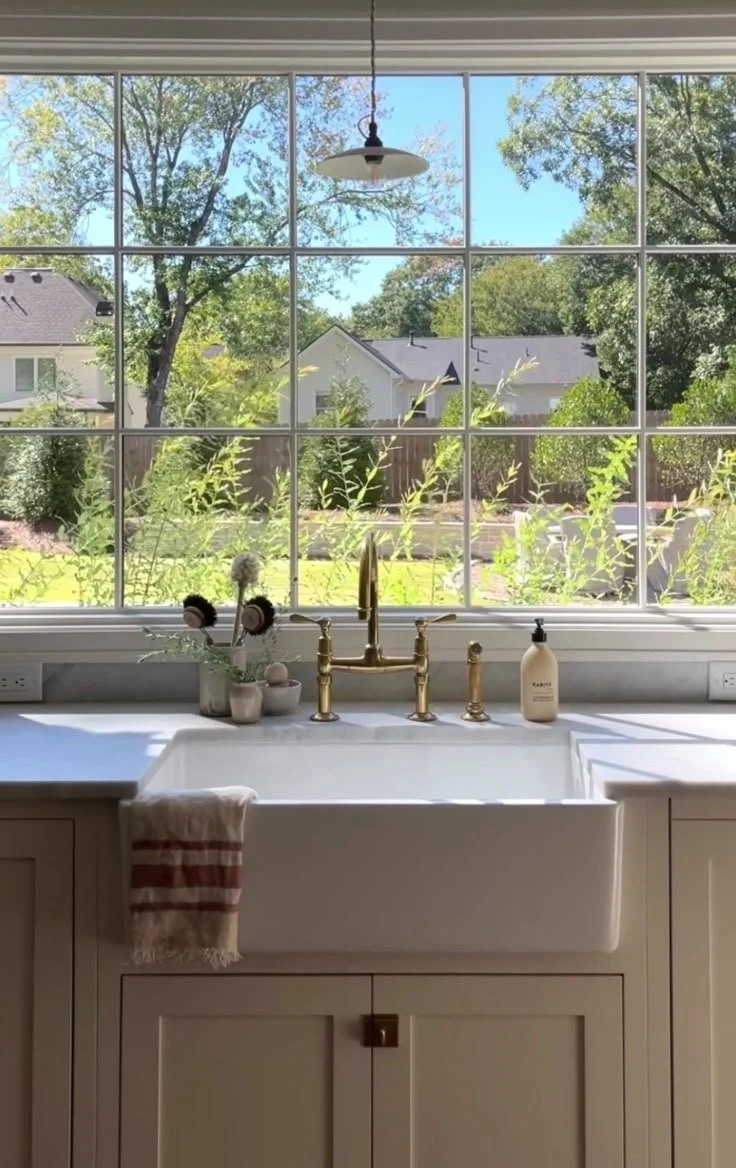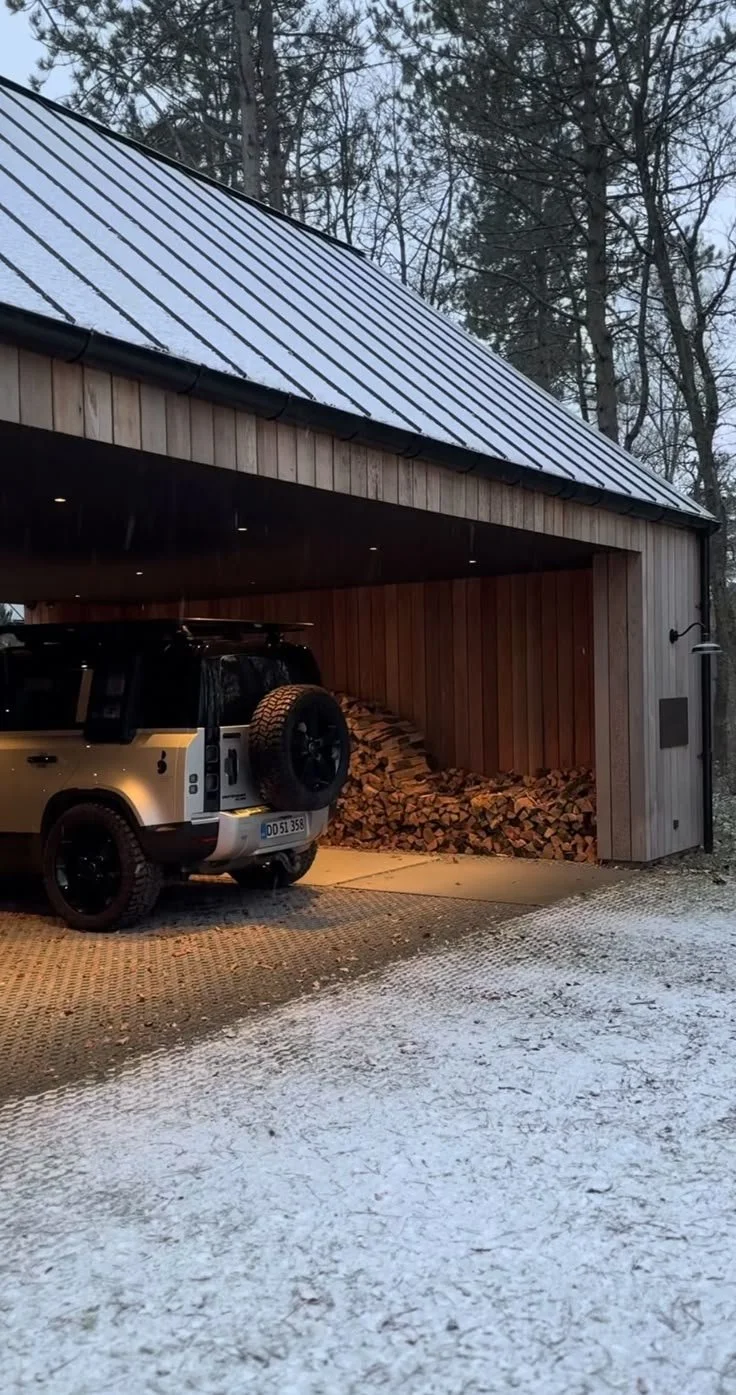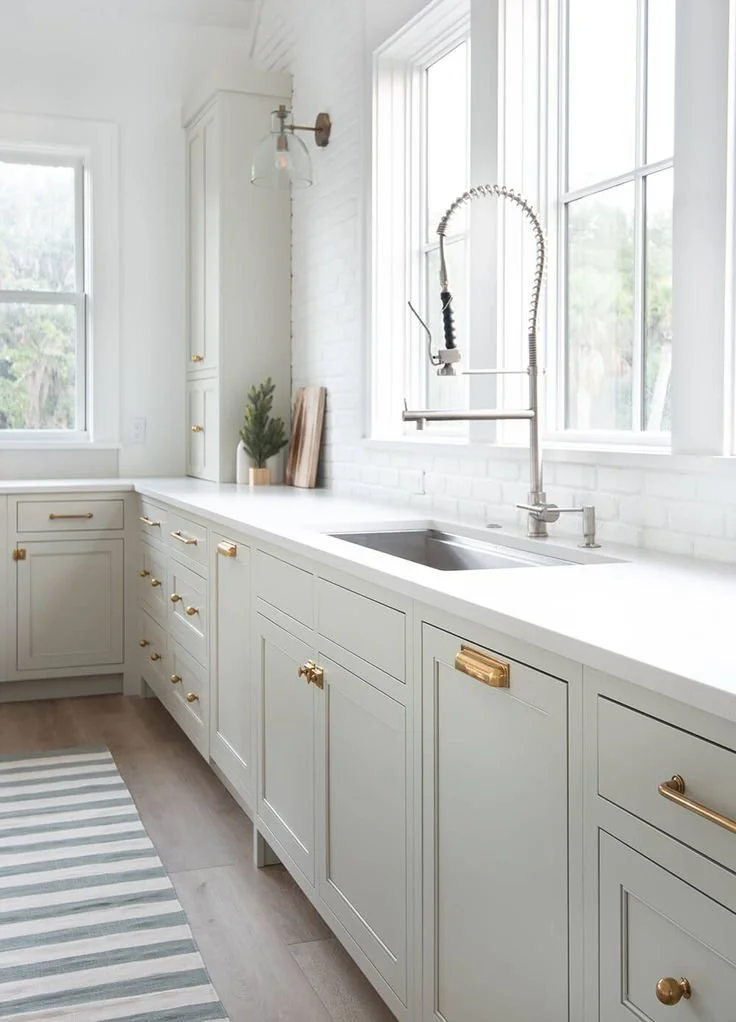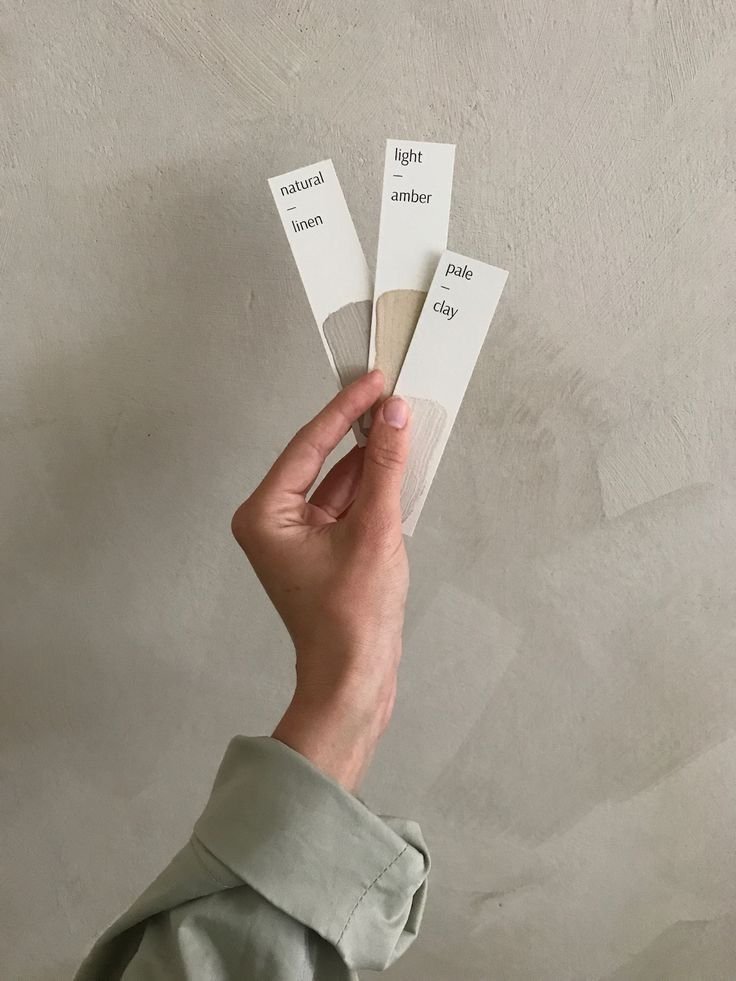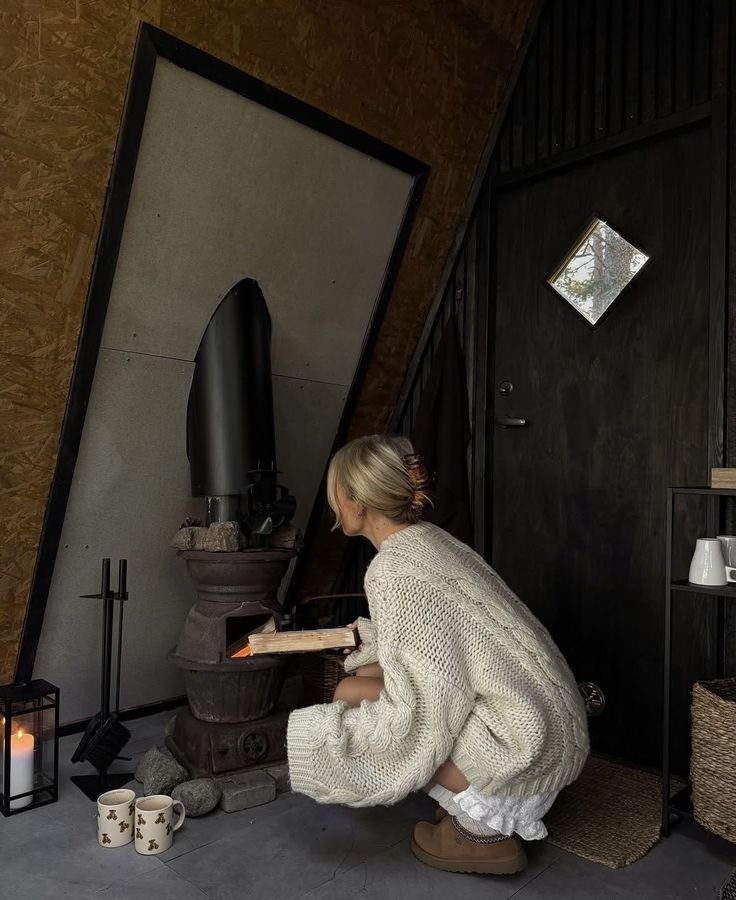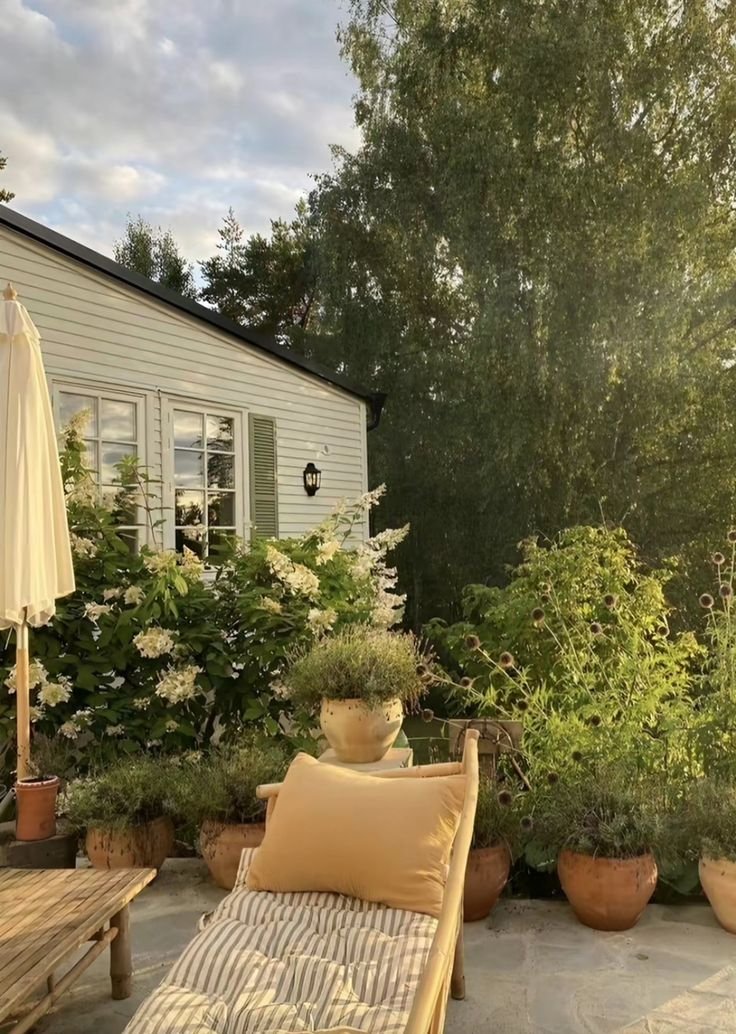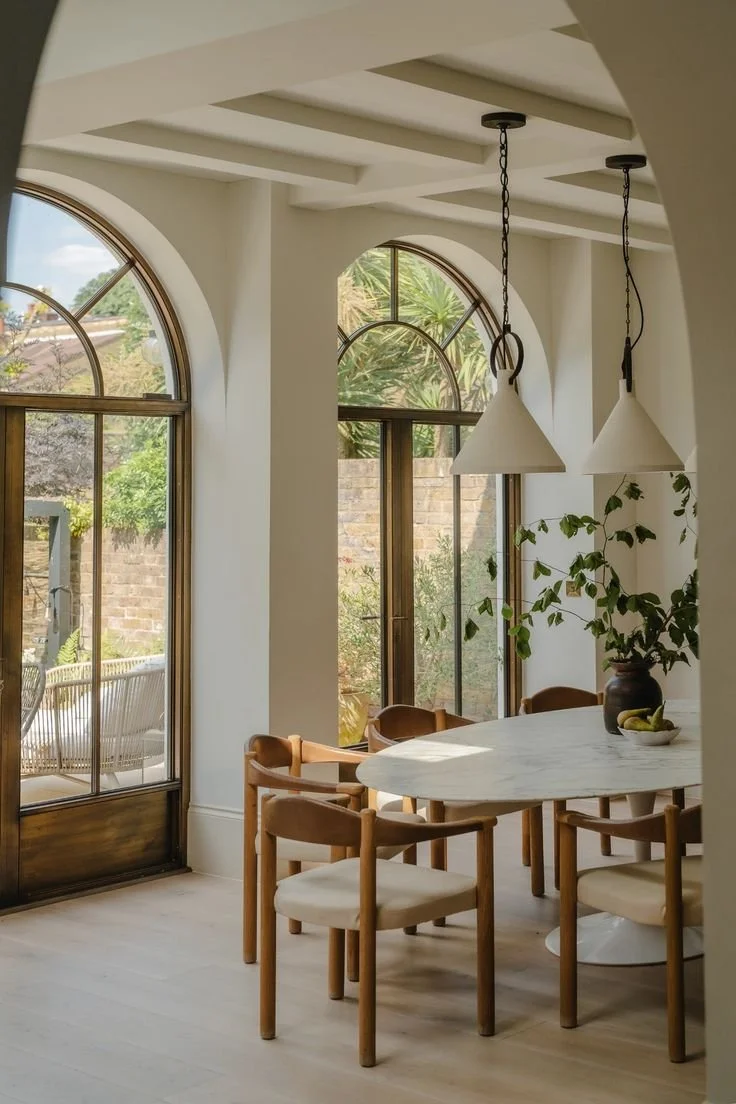Why Your Attic Still Smells Damp After Getting New Insulation
Many homeowners assume that simply renovating their attic with fresh insulation will eliminate that persistent damp smell. However, this approach often fails—and in some cases, it can even make the issue worse. Damp odors in the attic are usually symptoms of deeper, underlying problems that insulation alone cannot resolve.
In this article, we’ll explore the most common reasons why your attic might still smell damp even after insulation has been installed. From hidden roof leaks to poor ventilation and missing vapor barriers, we’ll break down the root causes and offer practical solutions to help you restore a dry, fresh-smelling attic space.
No. 1
Hidden Roof Leaks
One of the most frequent culprits behind attic dampness and the main reason people get damp smells in their attics is hidden roof leaks. Even if your roof appears intact from both the inside and outside, usually, the main issue is that small cracks or gaps can allow water to seep in over time, saturating the internal structure and creating a musty odor.
Common causes include:
Tiny cracks in shingles or underlayment
Ice dams forming during winter
Faulty flashing around chimneys or vents
These issues often go unnoticed until the damage becomes significant. The best course of action is to hire a professional roofing contractor who can inspect the roof thoroughly and recommend appropriate repairs. Addressing these leaks at the source is essential to eliminating the damp smell for good.
No. 2
Bathroom and Kitchen Vents Dumping Into the Attic
Another major contributor to attic moisture is improper venting from bathrooms and kitchens. Some builders, in an effort to cut costs, route HVAC and exhaust vents directly into the attic instead of outside the home.
This setup leads to:
Excess humidity being trapped in the attic
Increased risk of mold and mildew
Persistent damp odors
To resolve this, vents should be relocated or rerouted to expel air directly outside—ideally through the nearest exterior wall or roof outlet. This change can dramatically reduce moisture accumulation and improve overall attic air quality.
No. 3
Poor Ventilation
Inadequate attic ventilation is another common reason for lingering damp smells. Without proper airflow, moisture becomes trapped, creating a humid environment that fosters mold and mildew growth.
To improve ventilation:
Install soffit and ridge vents to allow consistent airflow
Use two-way vents to create cross-breezes
Ensure vents aren’t blocked by insulation or debris
Proper ventilation helps regulate humidity levels and allows moist air to escape before it can cause damage. In many cases, simply increasing airflow can significantly reduce or eliminate damp odors.
Smell Away
Say goodbye to stubborn odors with the Smell Away® Odor Neutralizing Machine! Perfect for homes, it eliminates pet smells, cooking odors, dampness, and more—leaving your space fresh and inviting.
Shop now for cleaner, healthier air!
No. 4
Improper Insulation Installation
Even with new insulation, improper installation can exacerbate dampness. If insulation is placed over wet materials or installed without addressing existing moisture issues, it can trap water and worsen the smell.
Warning signs include:
Wet or soggy insulation
Visible mold or moss behind insulation layers
A musty odor that persists despite recent upgrades
To check for this issue, carefully pull back a section of insulation and inspect the area behind it. If you find moisture or mold, you’ll need to remove the affected material, dry the area thoroughly, and possibly replace the insulation with new, dry material.
No. 5
No Vapor Barrier
A vapor barrier is a critical component in preventing moisture buildup in attics. Without it, warm, moist air from the living spaces below can rise into the attic, condense on cooler surfaces, and create an environment ripe for mold and mildew.
Without a vapor barrier, you may experience:
Condensation during cooler temperatures
Increased humidity levels
Persistent damp smells
Installing a proper vapor barrier helps block moisture from entering the attic in the first place. This barrier should be placed on the warm side of the insulation (typically facing the interior of the home) to effectively prevent condensation.
Takeaways
If your attic still smells damp after adding insulation, it’s likely that the underlying issue hasn’t been resolved. Insulation alone cannot fix problems like hidden leaks, poor ventilation, or improper vapor control.
In this article, we’ve explored the most common reasons why damp odors persist in attics and provided actionable solutions to address each one. By identifying the true source of the moisture—whether it’s a leaking roof, misdirected vents, or missing vapor barriers—you can take targeted steps to eliminate the smell and protect your home from further damage.
Ultimately, a dry, fresh-smelling attic isn’t just about comfort—it’s about maintaining the structural integrity and health of your entire home. With the right approach, you can ensure your attic remains a clean, dry, and functional space for years to come.
Looking for Home resources?
Looking to enhance your living space and create a sanctuary that supports your well-being? Explore our home partners who offer a wide range of resources to elevate your home environment.

